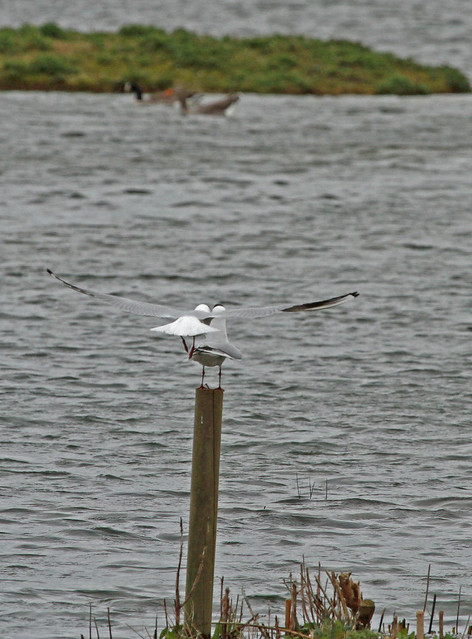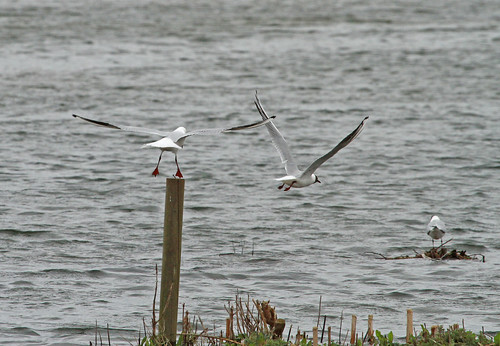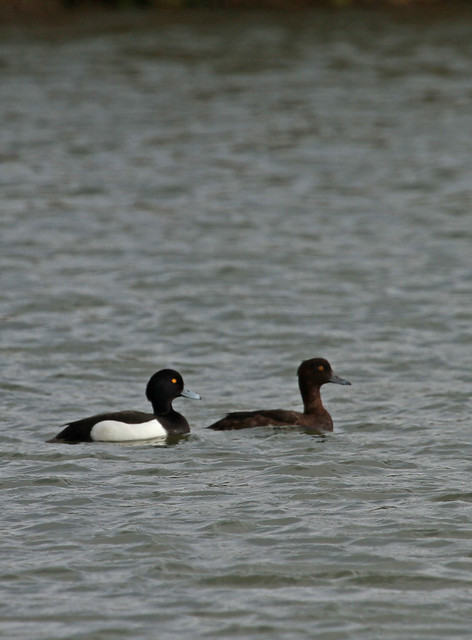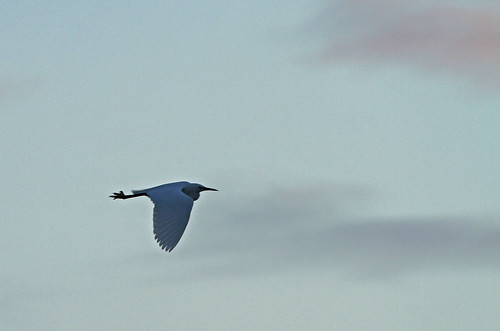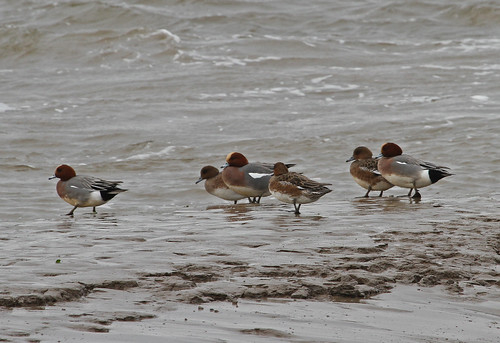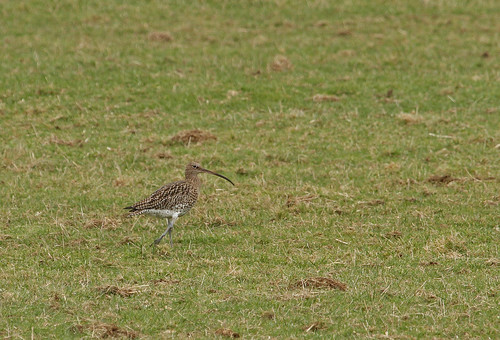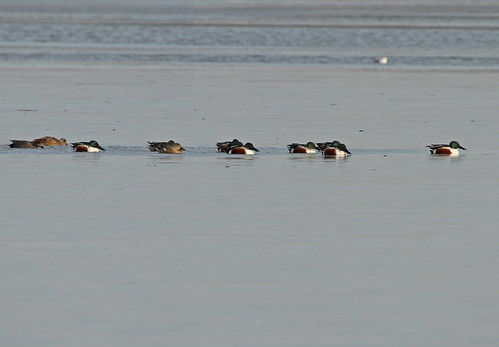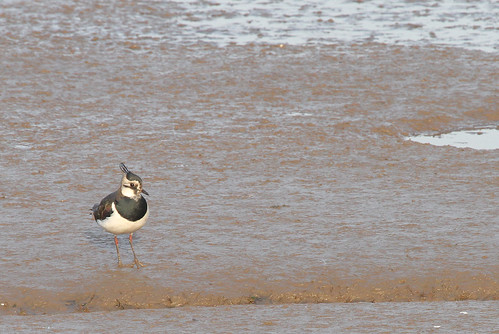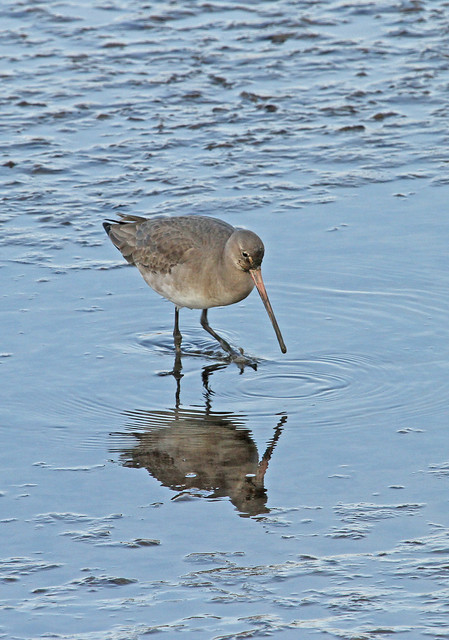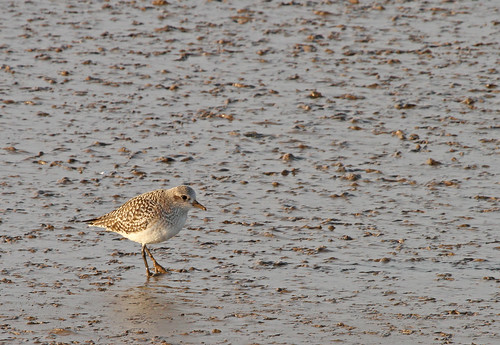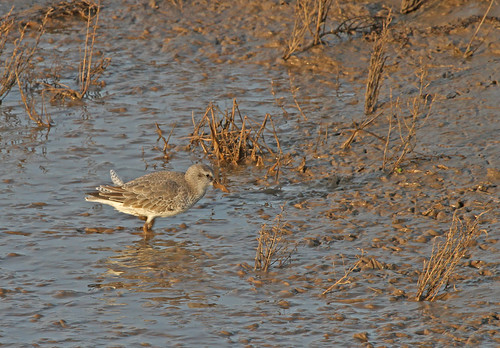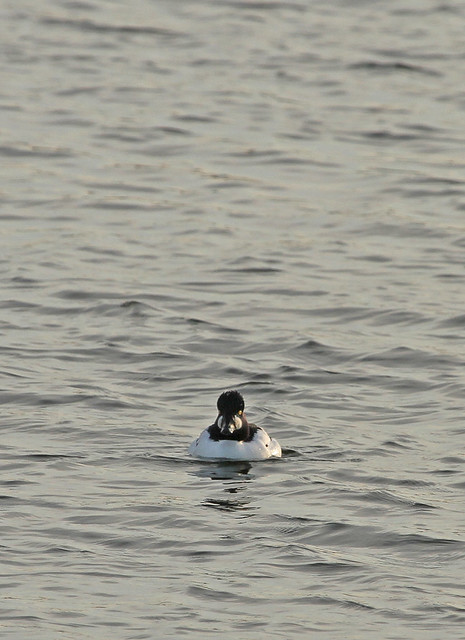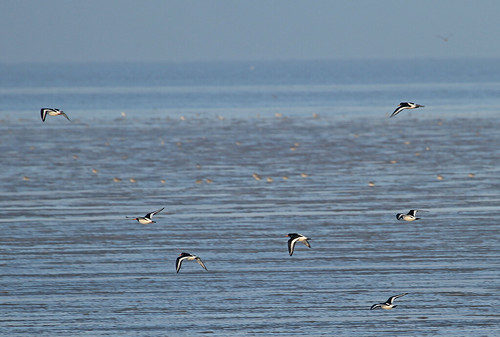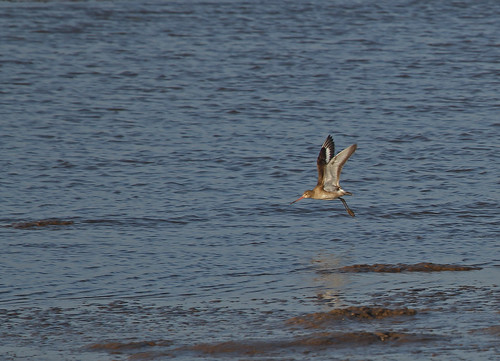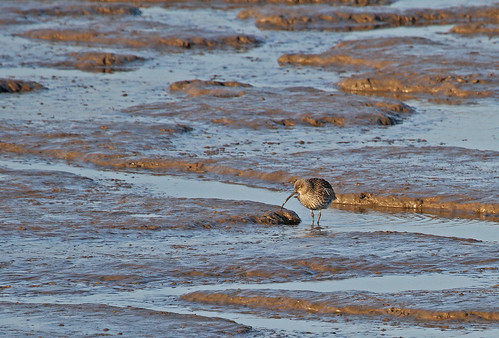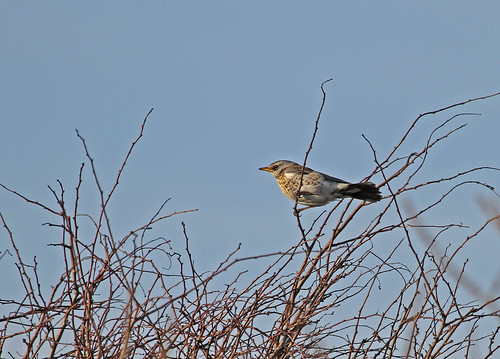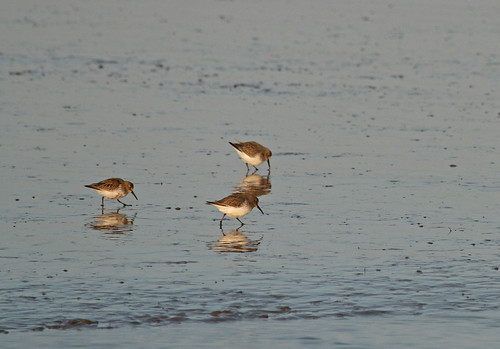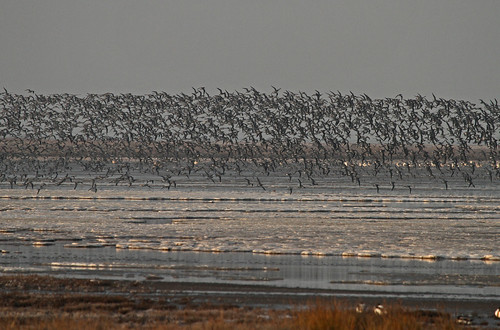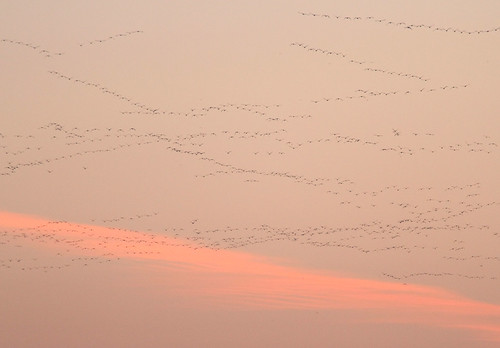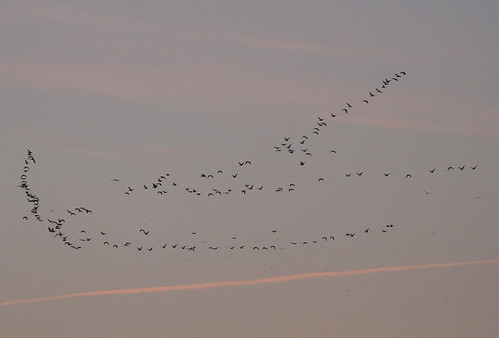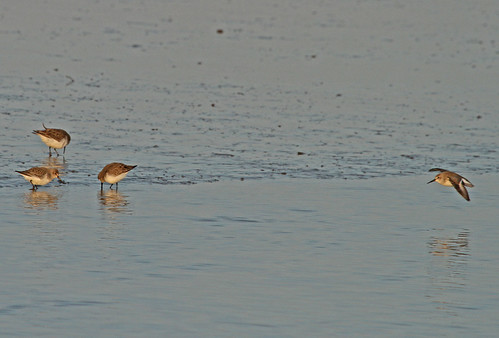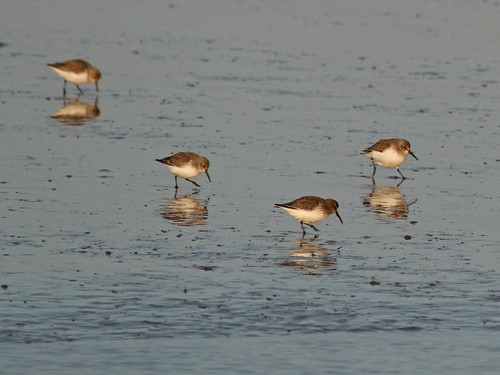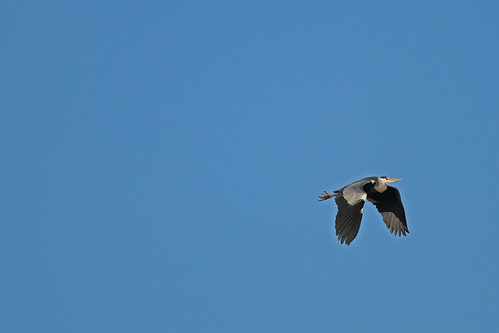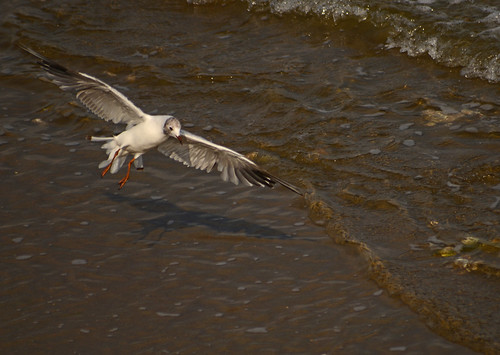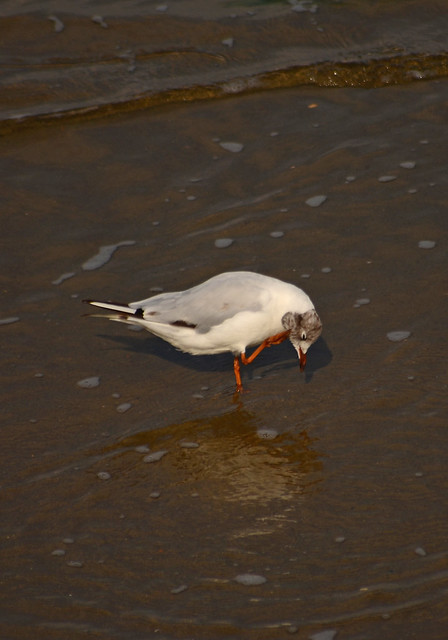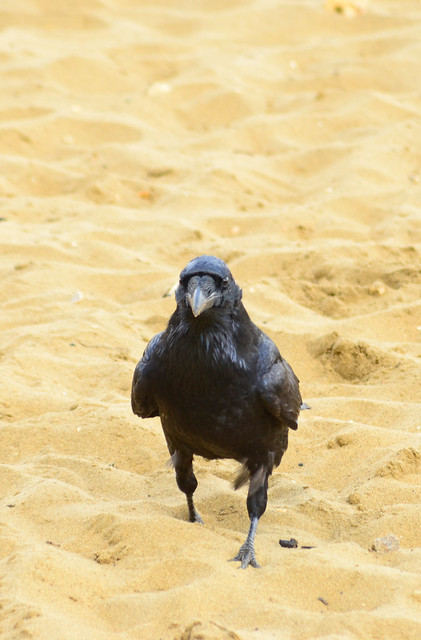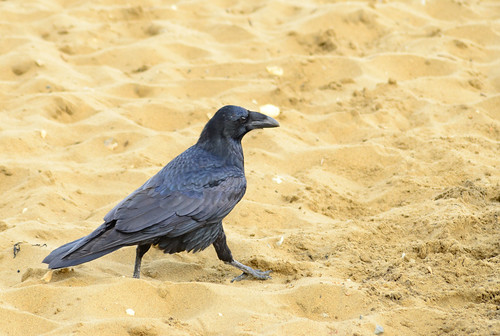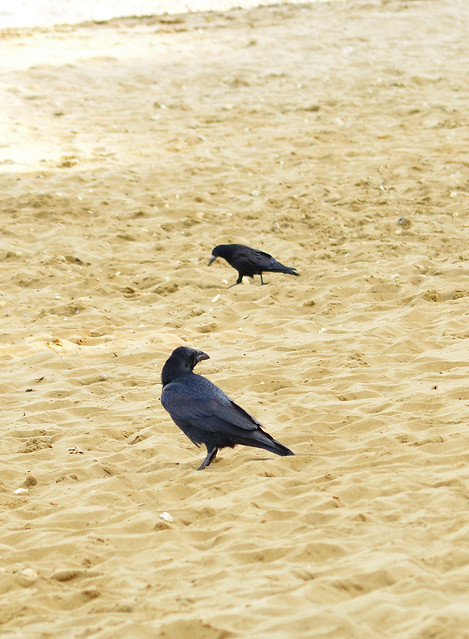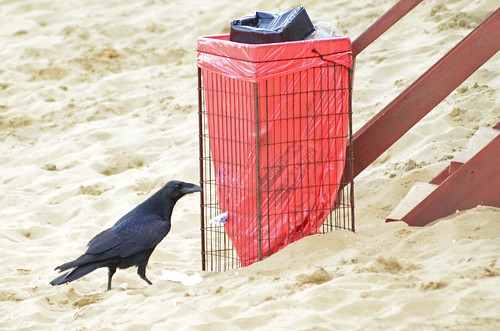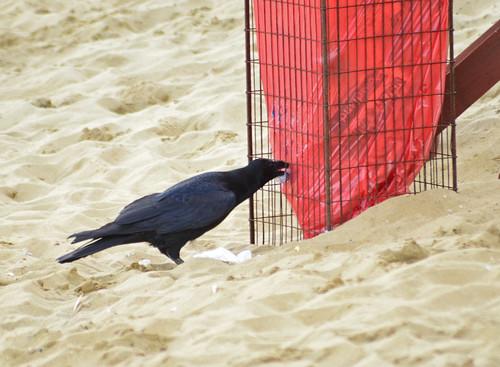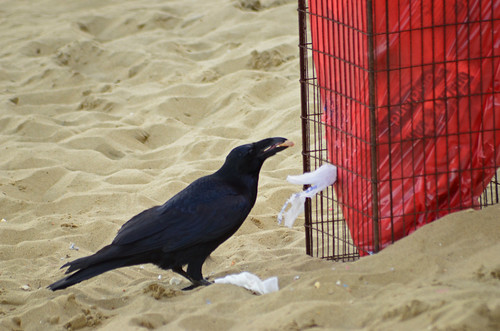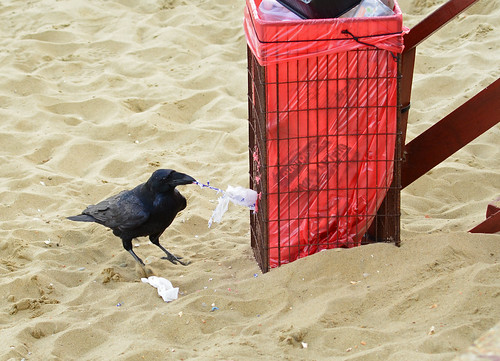This time I went to Frampton Marshes on a cold winter day in February; when the sun was out it was lovely, when it clouded over and rained it was fierce! Frampton Marshes is on the edge of the flatlands in that part of Lincolnshire which captures every last breath of wind and when it’s blowing in from the east in February the weather can tend toward the arctic. Despite that, there was an awful lot of wildlife around and I took a lot of photo’s. And here is a selection of them to share what I saw:

And on the fringe of a bush on the other side of the path was the female:
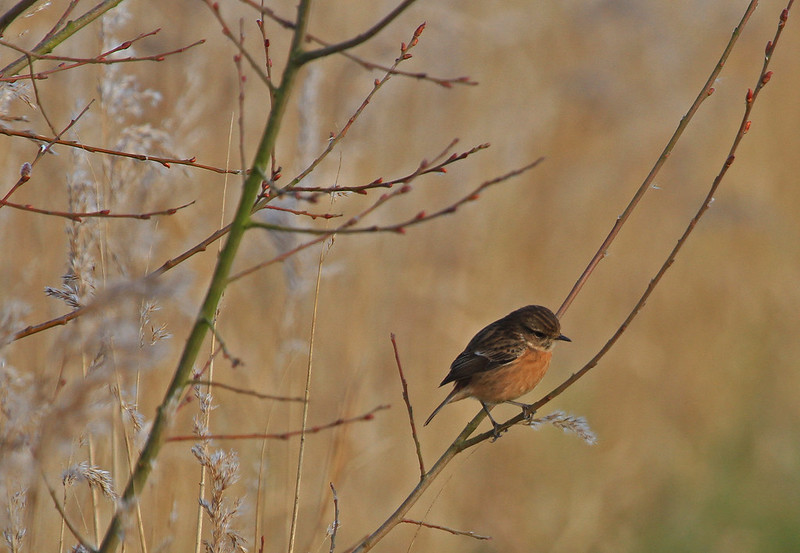
Swans, ducks, geese and waders were on parade in large numbers both in terms of numbers of species and numbers of individuals. Unusually the birds I didn’t see any of on this trip were birds of prey. Sparrowhawk, kestrel, peregrine falcon, buzzard and marsh harrier could all have put in an appearance, especially as there was so much on the menu, but they were all conspicuous by their absence.

Whooper swans are smaller than our more common mute swans and have a yellow saddle on a shorter, more pointed, beak, so they’re fairly easy to tell apart. They fly in from Siberia to overwinter in the UK and disappear again in the springtime.

This goose has a very dark underside showing that it is from the Russian sub population which is what I would expect on the English east coast.

The pintail is another primarily winter visitor to England in coastal areas and grazing marshes before heading north to Scottish, Icelandic and Scandinavian coasts to breed


There are two species of godwit found in the UK, the bar tailed, and the black tailed. These ones are black tailed and can easily be distinguished in flight by the distinct eponymous black end to its tail. And also as its name suggests the black tail is replaced by grey and white bars in the bar tailed version.
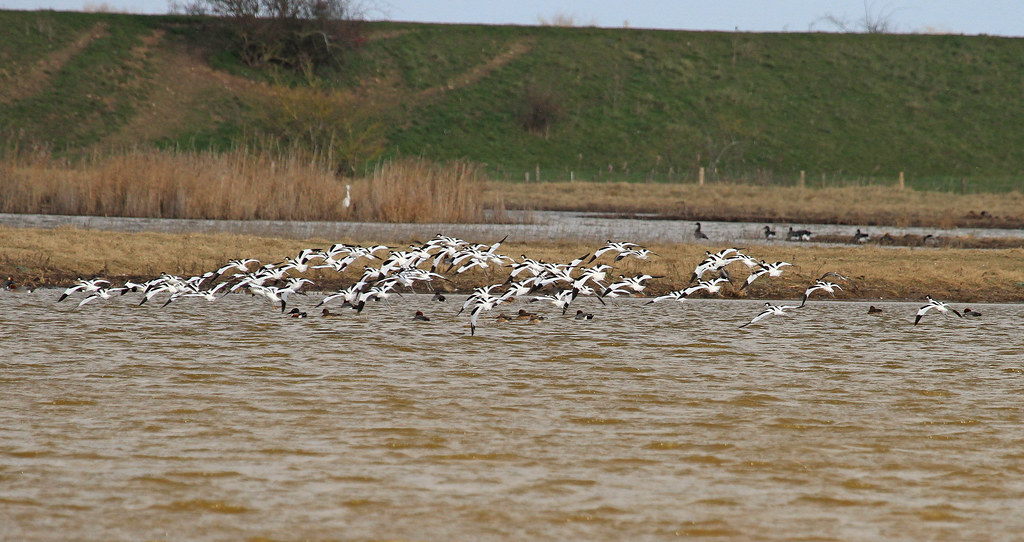
I read recently that someone has proposed a plan to build a tidal barrier across the Wash between north Norfolk and south Lincolnshire. This area, with its huge areas of tidal mudflats that provide feeding and shelter to hundreds of thousands of overwintering birds, is of true global significance, so I fervently hope that any interference doesn’t happen as it’s hard to imagine it would be anything other than catastrophic for already dwindling bird numbers. FIngers crossed!
But at the moment it’s a vast magical space and is home to vast numbers of all kinds of water birds and the predators that rely on them, and a great day was had in their company!


